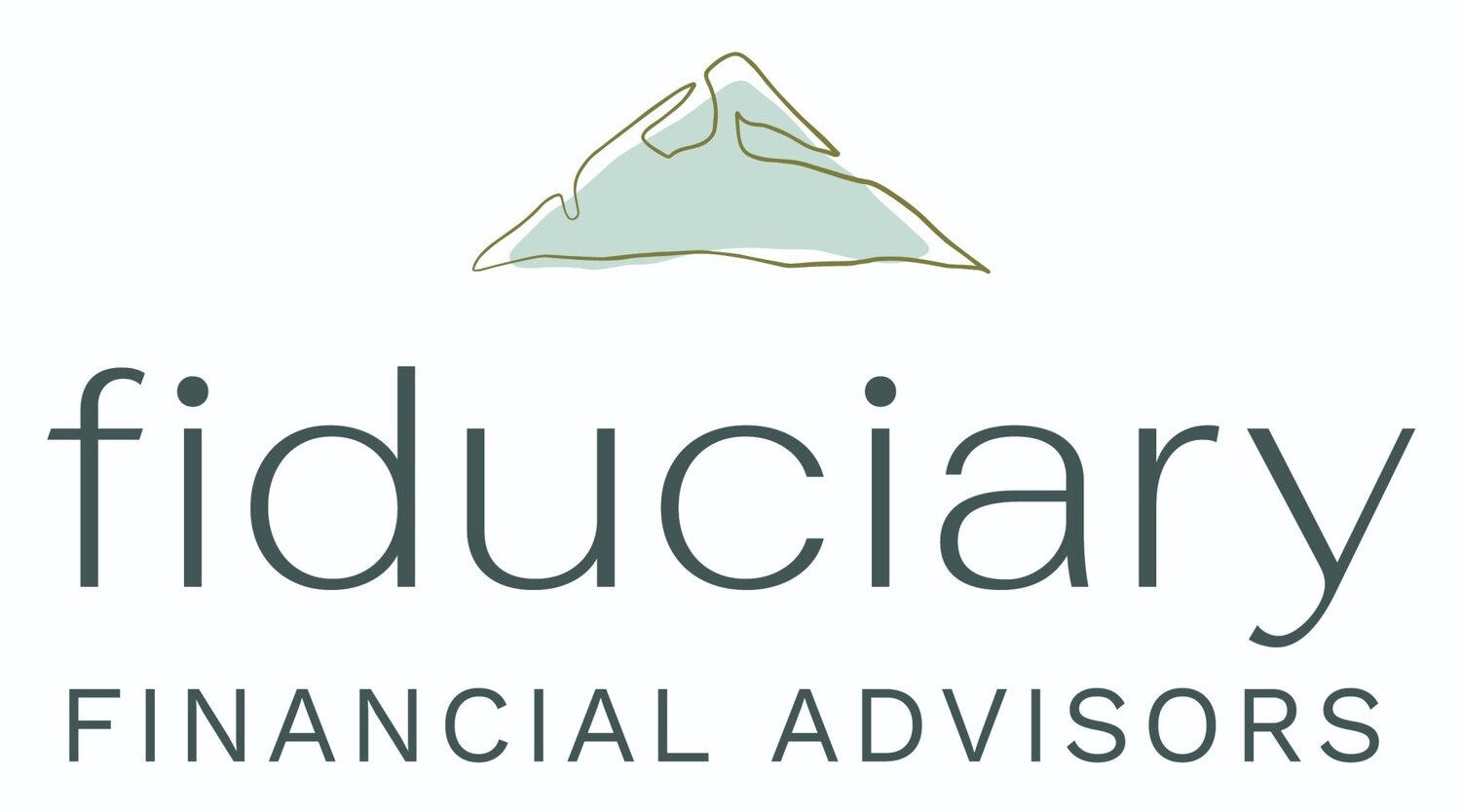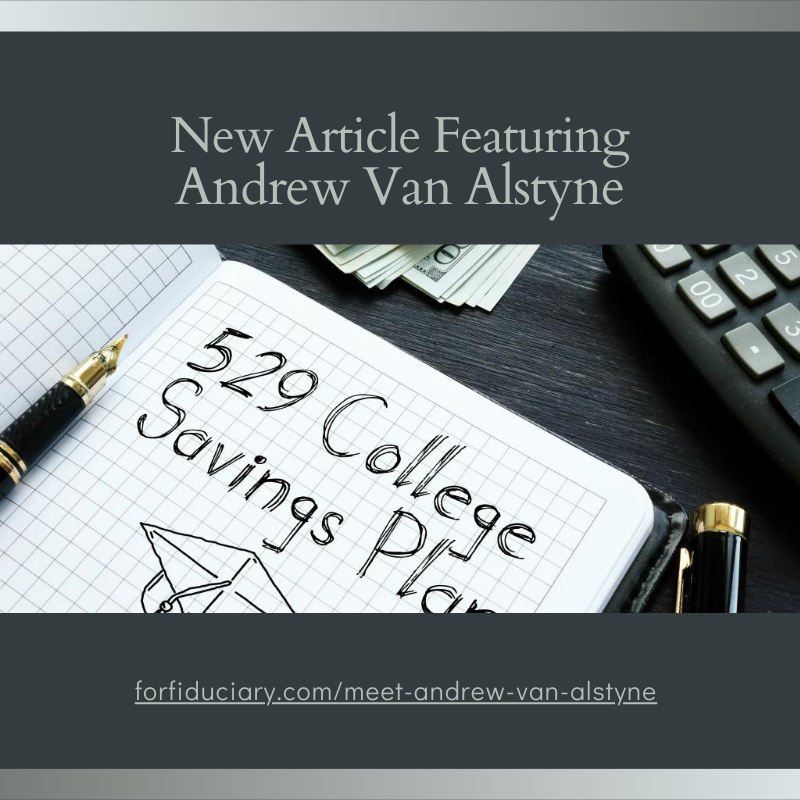2024 End of Year Financial Checklist
/Completing an end-of-year financial checklist is essential for setting yourself up for success in 2025. This process will allow you to review your progress and goals from 2024 while also helping you refresh and enhance your financial plan as you head into the new year.
Cash Flow Review
Whether you like to budget or not, assessing your spending habits is the essential first step. All financial progress stems from spending less than you make. If you consistently budget, this is the time to figure out what worked well and what needs to be changed. Think about these questions as you forecast for next year.
How will household income change in 2025?
What significant expenses am I anticipating in the coming year that I can plan for?
Am I saving and investing enough of my income?
Prepare for Tax Season
Much of your tax planning will have to wait until next year, but getting a few items in order can be helpful before tax season. You can collect business expenses, charitable giving receipts, childcare expenses, and other tax-deductible items.
The final piece of preparation for tax season would be to decide how you plan to prepare your taxes. You could do it yourself or hire it out. There is no wrong way to go about it, but now is the time to reach out and find a good CPA that you can work with to optimize your tax situation.
Max Out Your Contributions
The end of the year is the perfect time to review your annual contributions to your retirement accounts. In 2024, employer-sponsored plans such as 401(k), 403(b), or 457 allow you to contribute up to $23,000. It's important to note that this amount does not include any employer match. If you are 50 years old or older, you are eligible for a "catch-up" contribution, allowing for an extra $7,500 of contributions. This raises your total maximum contribution to $30,500 for the year.
The contribution limit for individual retirement accounts (IRAs) in 2024 is $7,000, with a $1,000 catch-up contribution available for those 50 or older.
Review Your Investments
If you have a financial advisor, they should have scheduled a year-end planning meeting by now.
If you manage your investments independently, this is an excellent time to review your strategy, assess your performance, and rebalance your portfolio. If you feel it's time to seek professional help, consider finding a fiduciary advisor who prioritizes your best interests.
Consider a Roth Conversion
Roth conversions involve transferring pre-tax dollars into a Roth account, which will then grow tax-free. This approach can be great for someone nearing retirement with much of their wealth in pre-tax accounts. It can also benefit young professionals with plenty of time for the investment to grow. However, this only makes sense for some, so consult a financial professional to weigh the pros and cons of this option.
Open Enrollment
Open enrollment occurs at different times of the year and is dictated by your employer. It is most commonly presented around early November and allows you to review or change employee benefits options.
This is an excellent time to ensure you get the best insurance plan value. You and your spouse may even qualify for additional plans, such as term life insurance or disability coverage, at little to no cost.
Confirm Beneficiaries
While this does not change often, it is necessary to ensure that it is up to date. Here are some accounts that should have a beneficiary associated with them.
Retirement/Investment Accounts (401k, 403b, 457, and IRAs)
Bank Accounts
Life Insurance Policies
Properly assigning beneficiaries can help you have peace of mind that your loved ones will be cared for.
This checklist can help you clearly assess your financial situation and prepare for success in 2025.
References
https://www.irs.gov/newsroom/401k-limit-increases-to-23000-for-2024-ira-limit-rises-to-7000
Fiduciary Financial Advisors, LLC is a registered investment adviser and does not give legal or tax advice. The information presented is for educational purposes only and does not intend to make an offer or solicitation for the sale or purchase of any securities. The information contained herein has been obtained from a third-party source which is believed to be reliable but is subject to correction for error. Investments involve risk and are not guaranteed. Past performance is not a guarantee or representation of future results.











































